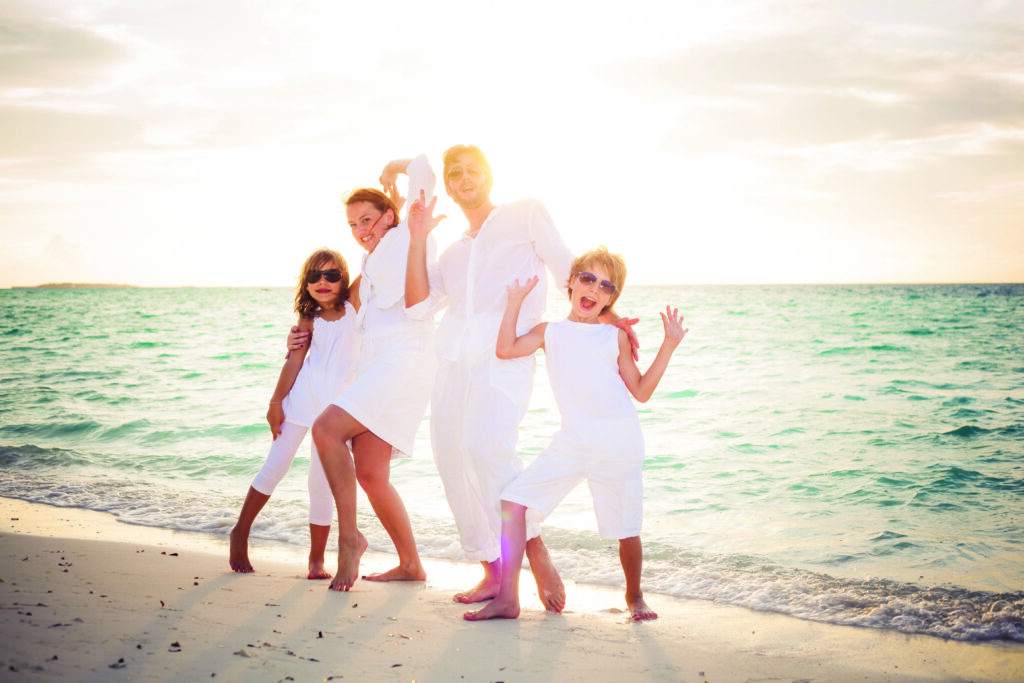
Introduction:
Brought to you by the Skin Cancer & Dermatology Institute
According to the Skin Cancer Foundation, one in five Americans will develop skin cancer by age 70. For Skin Cancer Awareness Month, we sat down with Brandie Oros, APRN from the Skin Cancer & Dermatology Institute, to discuss sun safety and what to do if you spot any irregularities on your skin.
Brandie begins by telling us, “Skin Cancer Awareness Month is a month dedicated to raising awareness and bringing attention to skin cancer’s prevalence, causes, screening, prevention, and treatment. Over five million cases of skin cancer are diagnosed each year in the U.S., making it more common than all other cancers combined. Early detection is crucial as most skin cancers that are diagnosed early have a 99% or higher 5-year survival rate.” Brandie shares her top sun safety and screening tips.
- Cover Up: Wear long sleeves, long pants, and a wide-brimmed hat when outdoors. Use Ultraviolet Protector Factor (UPF) clothing for added protection.
- Play in the Shade: Always seek shade when you are enjoying the outdoors with your family, especially between 10 a.m. and 4 p.m. when the sun is at its strongest.
- Sunscreen: The best sunscreen is the one you will use every day and you want it to be broad-spectrum with a minimum of 30 SPF. If you will be perspiring or doing water sports make sure it is water-resistant! Proper application has a lot to do with how effective sunscreen is. The key is to use it liberally; most people will need about a shot glass full to get enough coverage. You want to apply it to dry skin 15 minutes before going outdoors and remember to reapply throughout the day. Don’t forget that in Elko we are at a higher elevation, making the sun’s UV rays even stronger and wearing sunscreen is very important for our community.
- Brandie’s Favorite Sunscreen: My personal favorite is EltaMD®’s UV Daily. It comes in tinted and non-tinted options, provides both anti-aging and moisturizing benefits, and its light-coverage color/tint works wonderfully for a variety of skin tones. This 3-in-1 product is perfect for me for its high quality and convenience. I regularly recommend it to my family, friends, and patients who are looking for protection and cosmetic benefits. There’s also a non-tinted option, for those not interested in color-coverage. I am a big fan of EltaMD Sport for my family. It is mineral based, water resistant, and goes on easily without residue or odor. We carry these sunscreens at our Elko location, and they are available for sale without an appointment. If for some reason I am out of my EltaMD sunscreens, I opt for Neutrogena® Ultra Sheer Dry Touch with an SPF of 30 to 100. Great coverage and easy to find at grocery stores.
- Tips for Young Children: Ideally you should avoid the sun with infants younger than 6 months old. Encourage your children to develop the habit of using hats, sunglasses, and sunshades, and teach them about sunscreen early on. Those habits will pay off when they grow up. For kids with sensitive skin, use products containing zinc oxide and titanium dioxide which are sometimes less likely to cause irritation.
- Be Aware of Windows: While windows usually block UVB rays well, they do not block UVA rays which contribute to skin cancer and aging. Think of your exposure to windows at home, at work, and even in your car. Remember to always wear your sunscreen, even when you are at home or work.
- Tanning Beds: No tan is a safe tan. According to the American Academy of Dermatology, just one tanning bed session can increase the risk of developing skin cancer (melanoma by 20%, squamous cell carcinoma by 67%, and basal cell carcinoma by 29%). Indoor tanning damages your skin and accelerates how your skin ages.
- Early Detection Begins with You: Monthly at-home self-exams are key to early detection. Check your entire body from head to toe (even in between your toes). Ask a family member to help inspect your back or use a handheld mirror to look at those hard-to-see areas. Perform self-exams on everyone, including children, and if you find anything unusual, see your dermatologist immediately.
- Skin Exams: Make annual full skin exams with your dermatologist a habit for your family, just like annual physicals and annual dentist check-ups.
- Develop Sun Safety Habits: Skin cancer can be preventable but is on the rise due to lifestyle behaviors. Indoor tanning and a lack of good sun safety habits mean that many people are exposing themselves to UV light, thereby significantly increasing their risk for skin cancer. Did you know that more people develop skin cancer due to indoor tanning than people who develop lung cancer from smoking? This is why skin cancer awareness and good sun safety habits are important every day at every age.
Brandie leaves us with two final sun safety nuggets, “Just one blistering sunburn in childhood doubles the risk for a person to develop skin cancer. I like to say that an ounce of sunscreen (the recommended amount of sunscreen for an adult to apply) is worth a pound of treatment, when considering sun protection.” To schedule dermatology appointments in Elko with Brandie Oros, visit SkinCancerDerm.com. For more information about Medical and Cosmetic Dermatology subscribe to Skin Cancer & Dermatology’s blog Skin 101.
Bringing you patient-centered, world-class dermatological care with nine locations in Nevada and California. Skin Cancer & Dermatology Institute specializes in Medical Dermatology, Mohs Skin Cancer Surgery, and Cosmetic Dermatology.